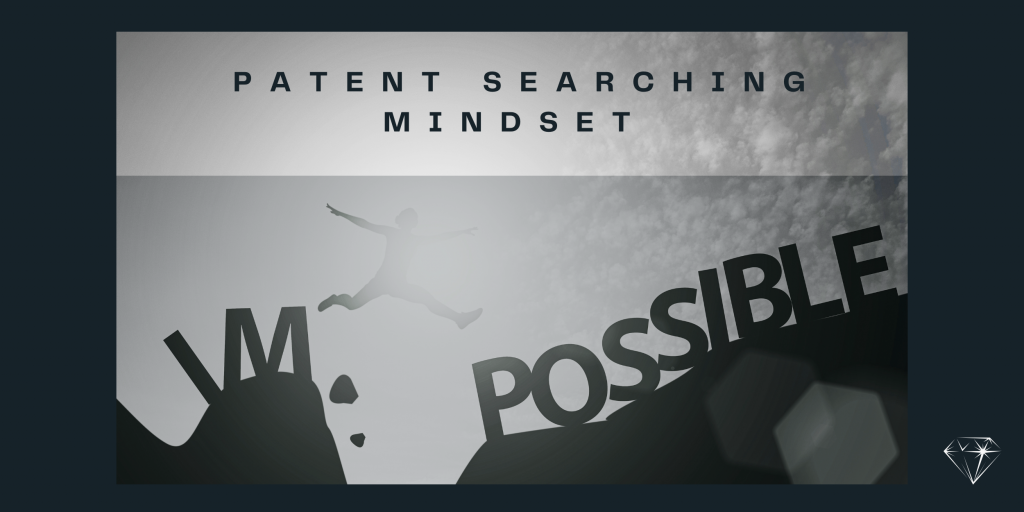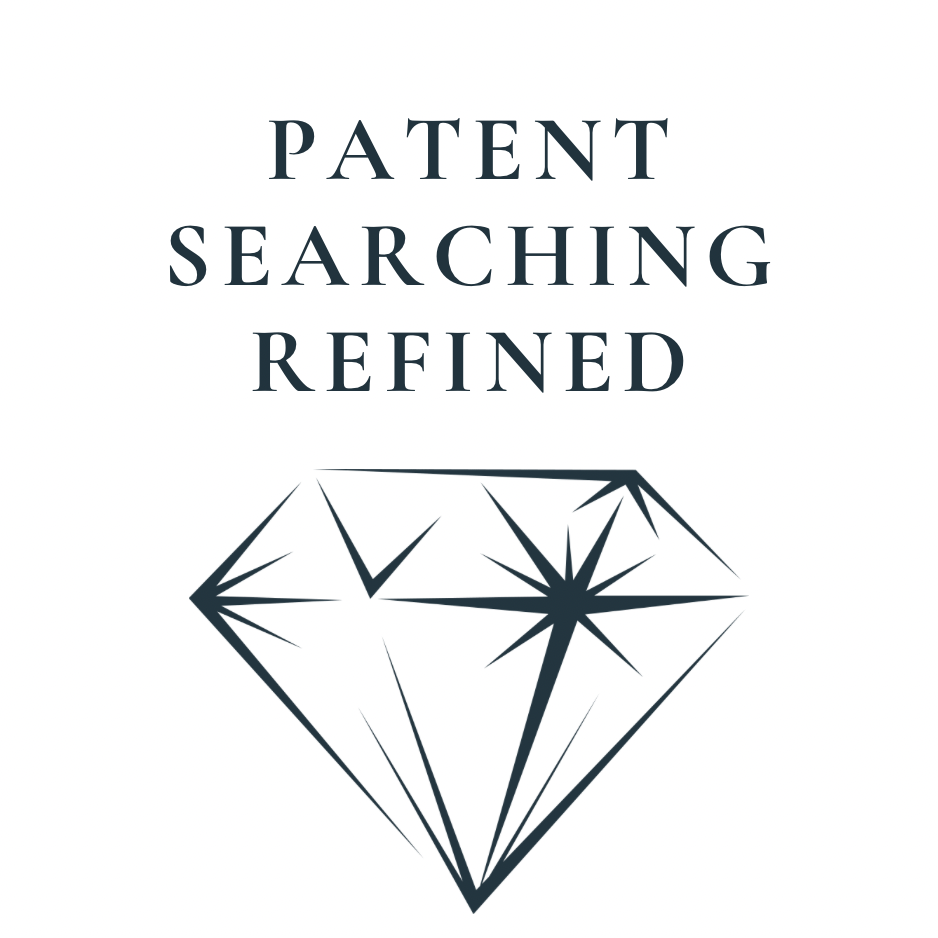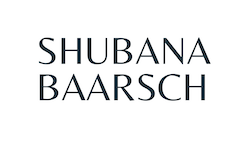
As patent searchers our job is to find relevant references. Some searches are easier than others and it’s relatively easy to locate references. Sometimes, this can happen even with the first search query. It’s easy to enjoy patent searching when the going is good. What happens if you are quite far into a search and nothing has been located? Do you feel discouraged and negative because there isn’t much time left to find something? Do you feel pressure? These are valid feelings. The good news is they can be overcome if you have systems in place and apply principles to steer the search in the right direction.
View the search as a challenge, not a problem

Take pre-emptive steps to help avoid some challenges
Building a good foundation at the start of the search gives a sense of control, confidence and understanding during the search. The following are pre-emptive steps to help avoid some challenges:
- Take 15 minutes to research the general subject matter. Take notes and get a broad understanding of the technology.
- Read and reread the disclosure. Do this at regular intervals during the search. If you have 7 hours for a patentability search, check in with the disclosure at least every hour.
- List the features of importance and understand them as concepts and not just keywords and be meticulous when inspecting a reference to see if they are disclosed.

Searching is the process by which something is found and this process may take time
It’s important to acknowledge and accept that some references may take a while to find. Our job is to search after all. It’s a bonus to find a relevant reference near the beginning of a search, but it may take longer and that’s okay.

Adopt the mentality that a relevant reference has not been found yet
If you find yourself on a path in a search and nothing has been located, it might be time to try something new. Leave your desk and take even just 10 minutes to walk and hydrate. This alone can create a sense of clarity. When there’s a challenge, it’s easy to feel the need to stay at the desk until the problem is solved. I’ve found that’s the exact time to walk away and get some space from the screen. When you return to your desk, ask the following check-in questions:
o What really is the challenge you’re facing?
o Do you understand the subject matter? Can you re-evaluate your understanding?
o Are you searching in the correct places?
o Have you fully explored where you have already been searching? Could the CPC heading be searched in full? Could a full-text search be done? Has the equivalent IPC heading been included in the search strategy?
o Are there equivalent headings in other patent classification systems?
o Are there typos/errors in the search strategy?
o Could the AI search be rephrased?
o Have all the required features of the disclosure been included in one search string? Could this be reduced to a couple of features to find a close reference?
o Have you searched precisely enough at first or have you started too broadly?
o Have you only searched precisely and not broadly enough?
o If there are notes in the CPC classification system, have these been inspected? They may point to other classifications of interest.
o Avoid a defeatist attitude by assuming there is nothing out there. Adopt the mentality that a relevant reference has not been found YET. It may be located with more searching.
Avoid a defeatist attitude by assuming there is nothing out there

Being resilient is beneficial as it helps you to get to the end of the search despite challenges. It means that you have been able to find another route to achieve the search outcome. When you find yourself challenged, think of alternative ways to conduct the search. The goal is to get to the end of the search with results. If you’ve face a roadblock, how can you still achieve your goal? Asking the questions in the previous section can help. If you have a 7-hour search, the search doesn’t end at 3 hours because nothing relevant has been found. Take charge of the problem and explore other routes and methods to find what you are looking for. Look at the search strategy and scrutinise it as if it was someone else’s. How would you improve it? Are there gaps?
Find another route to achieve the search outcome

Be persistent and positive. Good results take effort
- Make sure you haven’t missed a relevant reference among the references already inspected. Do a basic, precise keyword search among the references already searched.
- Find assignees who operate in the technology area and search them.
- Look at things from a different perspective. Use technical and commercial terms to describe features of the disclosure.
- Be positive and cover as many bases as possible. Attack the challenge from different directions, e.g. citations, AI and CPC/IPC headings.
- Search amongst design registrations.
- If there are several features, find CPC headings for each feature.
- Take regular short breaks.
- If you can’t find a relevant reference, find one that is as close as possible and use that as a springboard to get closer to what you are looking for.
- Set micro-goals during the search and plan your time.
- Don’t expect each search to follow the same process. Use the searching principles you have gained through experience and adapt. Be curious in proceeding with the search and critical in a positive way to evaluate the paths you’ve already taken.
- Be persistent and positive. Good results take effort. Put in the effort and the quality of searching will come.
- Think of ways to reduce the noise that your search strategy may bring.
Be curious in proceeding with the search and critical in a positive way to evaluate the paths you’ve already taken

